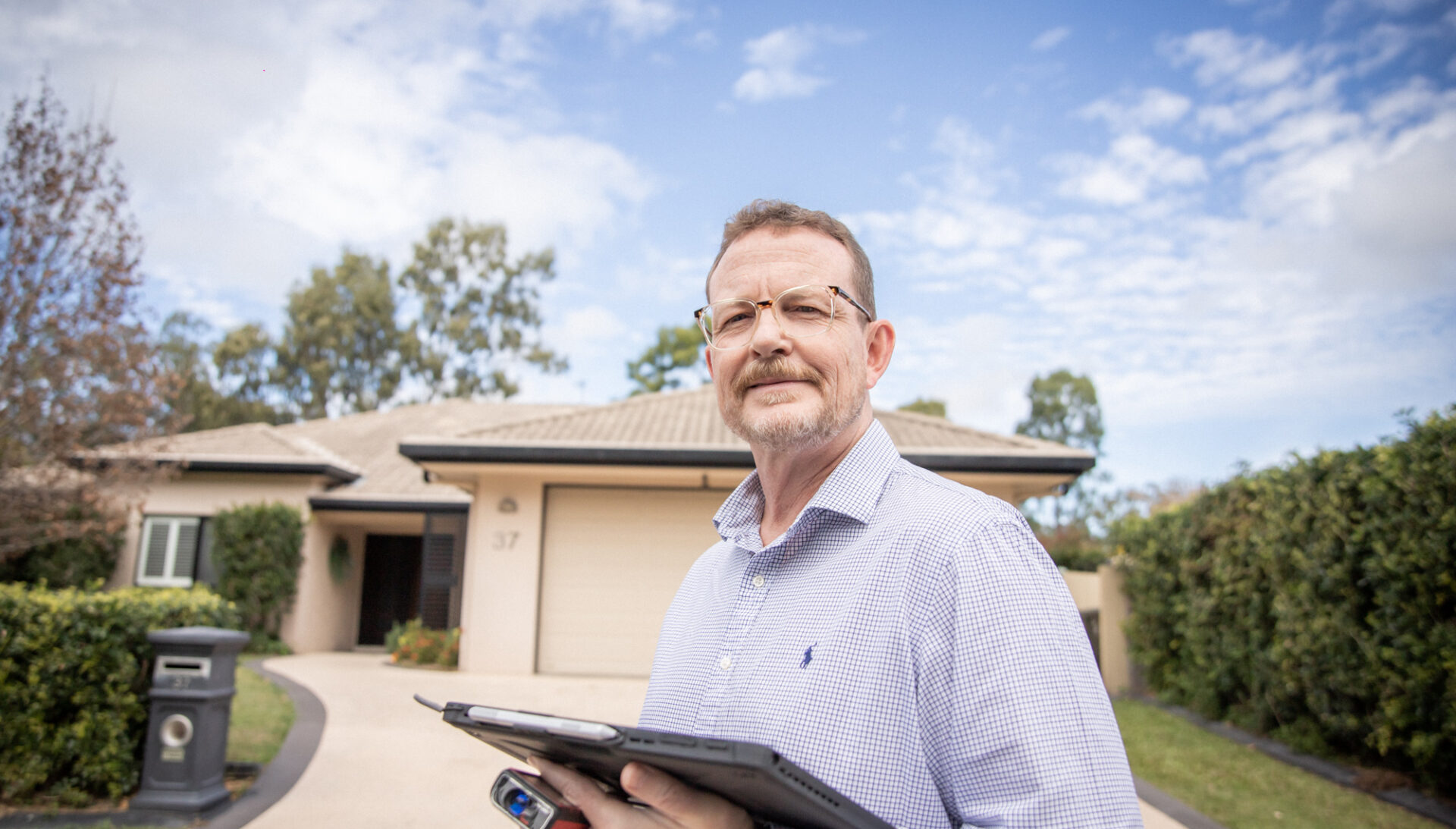As the end of financial year looms, many Australian property investors start thinking about ways to maximise their return. One of the most effective and often underutilised strategies is claiming deductions through a Tax Depreciation Schedule. If you own an investment property, understanding how this works can make a real difference in your yearly return.
What is a Tax Depreciation Schedule?
A Tax Depreciation Schedule is a document that outlines the decline in value of the building structure and its assets over time. A qualified quantity surveyor or valuer prepares it. This schedule allows property investors to claim deductions against their taxable income for wear and tear. Deductions apply to both the building (capital works) and any plant and equipment (removable items like carpet, appliances, etc.).
The Australian Taxation Office (ATO) recognises these deductions. They can apply to both new and older properties, depending on eligibility. While newer buildings often have more claimable deductions, many investors are surprised to learn that older properties, especially those with renovations, can still offer substantial tax benefits.

Key Benefits for Property Investors
1. Increased Cash Flow
Claiming depreciation reduces taxable income. This means you pay less tax and potentially improve your post-tax cash flow.
2. Non-Cash Deduction
Depreciation is a non-cash deduction. You’re not spending money to claim it, you’re simply accounting for the decline in asset value.
3. Backdated Claims
If you haven’t claimed depreciation in the past, you may be able to amend earlier tax returns. This lets you recover missed deductions.
4. Long-Term Returns
Tax Depreciation Schedules typically cover up to 40 years of a building’s life. This provides annual deductions over the long term.
What Can You Claim?
Under current tax laws:
- Division 40 covers Plant and Equipment (removable fixtures like ovens, blinds, air conditioners)
- Division 43 covers Capital Works (structural items like walls, roofs, and fixed cabinetry)
Since 2017, if you buy a second-hand residential property, you can’t claim Division 40 deductions on existing items. However, Division 43 still applies. You can also claim new plant and equipment you install after the purchase.
Why Engage a Professional?
To claim these deductions, you need a schedule prepared by a qualified professional. Herron Todd White provides ATO-compliant Tax Depreciation Schedules that are tailored to your property. Our team understands the legislation and ensures your claims are accurate and maximised.
We have decades of experience and a presence in every postcode across Australia. No matter where your property is located, we’re ready to help. We understand property, and we understand tax.
Don’t miss out on potential deductions. Whether you’re a first-time investor or growing your property portfolio, a Tax Depreciation Schedule could help you unlock more value.
Reach out to Herron Todd White today. Let us help you make tax time work in your favour.











